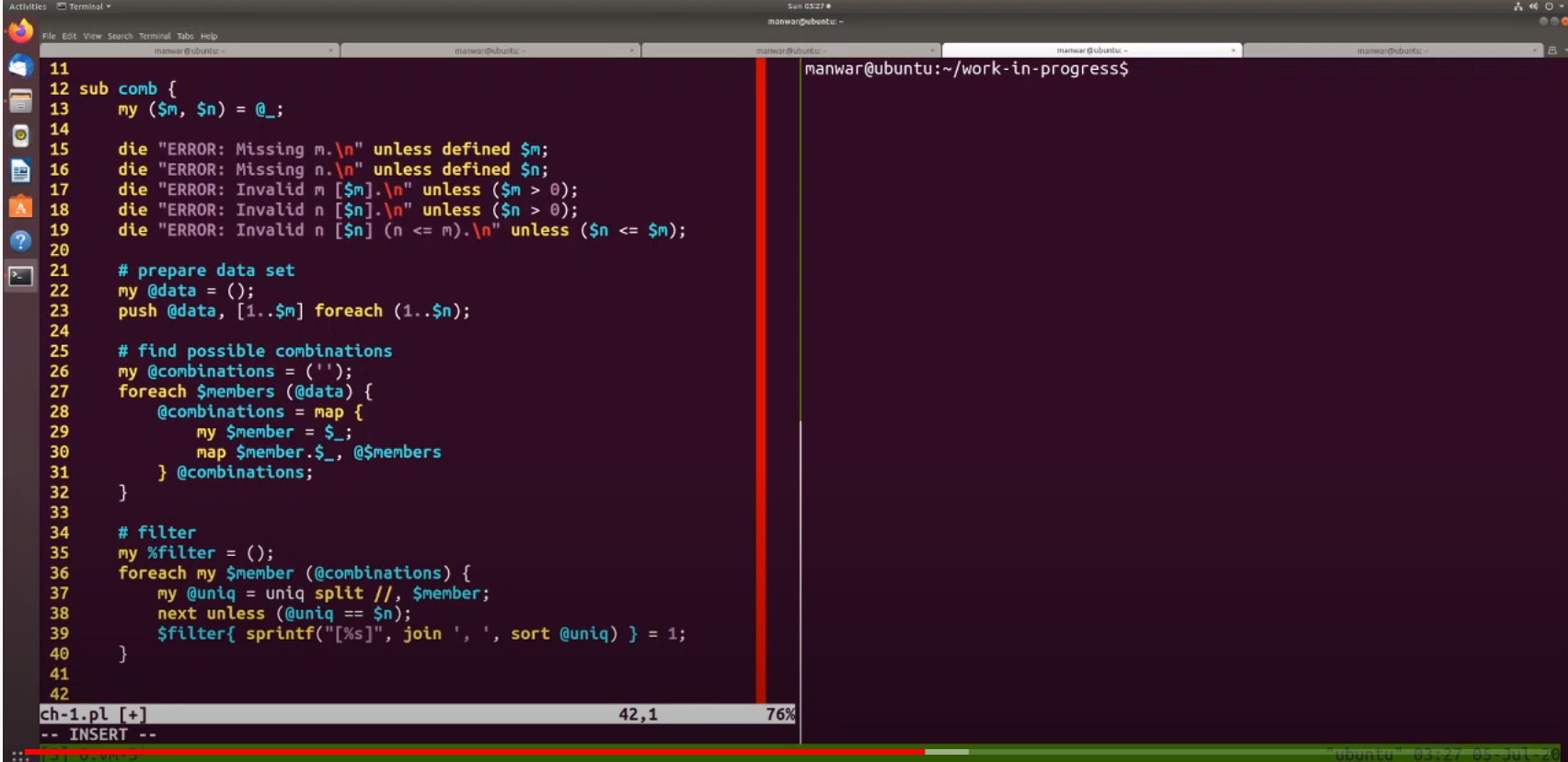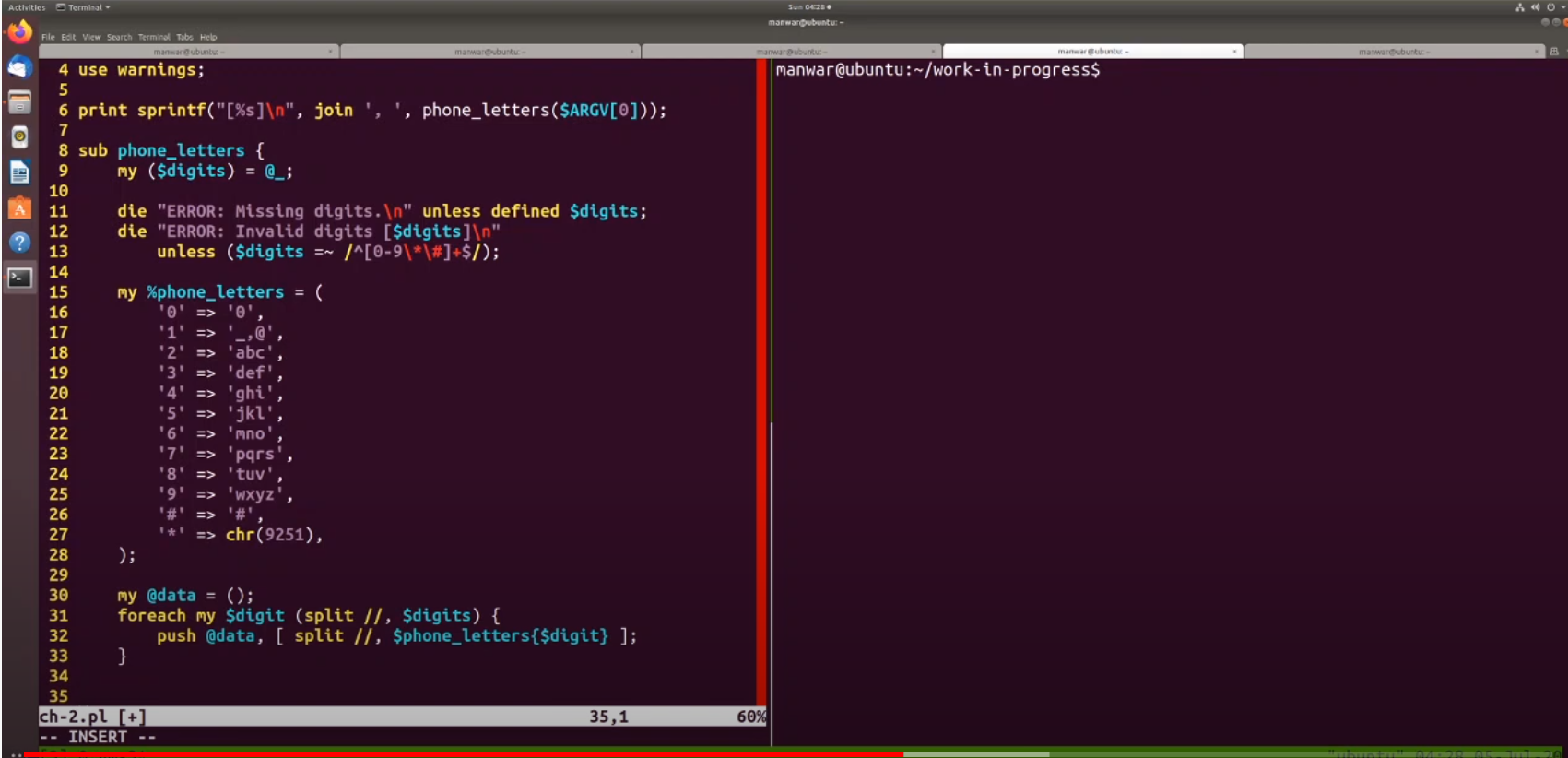Monthly Report - July

Survived another month?
God, the year 2020 seems never ending. I just pray it gets over quickly and we start fresh with new year 2021. Unfortunately we have to wait for another 5 months. In the current situation, anything can happen in this period. Please stay safe and avoid unnecessary human contacts.
So what was the main attraction of last month?
Well, quite a few, to begin with, I submitted 12 Pull Requests which is much better than the month before i.e. 9 Pull Requests. I remember there was time when I used to submit at least 50 PR every month. I aim to do at least 1 PR every 2 days i.e. 15 PR every month. Unfortunately I have only managed to do that in January i.e. 22 Pull Requests. I did come close to the target in two months e.g. May (13 Pull Requests) and July (12 Pull Requests). I am going to keep trying hard. Wish me luck.




